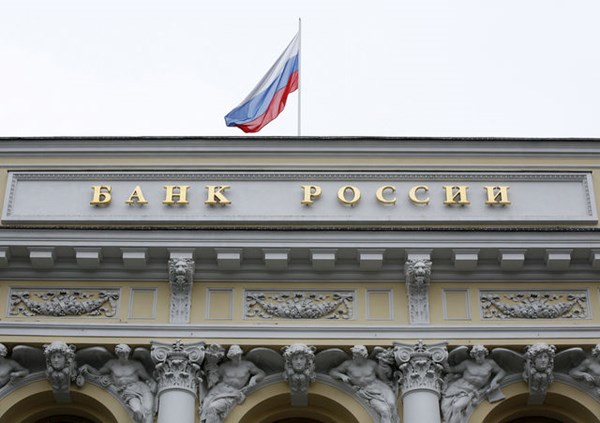Russia loses $2 billion after converting its U.S. dollar holdings to yuan and gold
The de-dollarization of the Russian National Welfare Fund (NWF), announced with fanfare at the St. Petersburg International Economic Forum, immediately resulted in losses.
In June, the Russian Finance Ministry converted its dollar holdings into gold, euro and Chinese yuan and reported a reduction in the NWF’s liquid assets by 363 billion rubles ($4.85 billion), according to the data on the Ministry’s website.
Of the $39.8 billion or 20% of liquid assets that the Fund had at the beginning of May, not a cent remained by July 5. Share of the British pound (10%) was reduced by half from 8.5 billion to 4.25 billion pounds.
With this money, the Russian Ministry of Finance purchased 116 billion of Chinese yuan (its share rose from 15 to 30%), 3.7 billion euros (its share increased from 35% to 40%) and opened a precious metal account in the Central Bank for 340.5 tons of gold (20% of the fund).
By the end of the month, when these operations were carried out, the liquid holdings of the NWF decreased by 2.2 billion dollars, to 114.9 billion (7.2% of GDP).
All investments of the Finance Ministry within de-dollarization plan turned unprofitable in June.
$23 billion investment in gold ended the month with a 7% drop. The euro part, worth about $5 billion, fell by 3.7%.
The Russian Ministry of Finance invested in yuan when the Chinese currency was at a three-year high. In early June, the conversion rate reached 6.35 yuan per dollar, and since then has lost 1.8%.
The total size of the NWF decreased in June from 13.938 trillion rubles (12.1% of GDP) to 13.574 trillion rubles (11.7% of GDP).
In addition to foreign exchange losses, the Finance Ministry lost 64 billion rubles ($840 million) due to the fall of Sberbank shares and 1.8 billion rubles ($34 million) on investments in Aeroflot shares.
Finally, 13.83 billion rubles ($180 million) from the NWF went to fund the Russian Railways’ construction of Baikal–Amur Mainline and Trans-Siberian railways, which the transport monopoly intends to carry out using prison labor. 0.5 billion rubles ($6.68 million) from the NWF was allocated to the Federal Road Agency, Rosavtodor, for the construction of Central Ring Road in Moscow Oblast.
The decision to de-dollarize the National Welfare Fund is "undoubtedly caused by the desire to ensure the safety of the sovereign fund in light of high sanctions risks," but it is also fraught with market risks, notes Dmitry Polevoy, investments director at Loko-Invest.
If the Ministry of Finance can win on the euro, in the case of the yuan and gold things may not be simple, he believes: "Gold can be extremely volatile, given the uncertainty with global inflation and the level of interest rates, which influence its price."
As for the yuan, it strengthened significantly at the beginning of the year, and, in June, the Chinese authorities began attempts to restrain its further growth.
Losses on the yuan can become fateful for the Russian financial authorities, which are trying to run away from the dollar for fear that state dollar reserves will be frozen after another tightening of U.S. sanctions.
In 2018, the Russian Central Bank, converted to yuan 15% (about 44 billion dollars) of its foreign currency reserves when the rate of the Chinese currency fluctuated at 3-year highs (reaching 6.2 yuan per dollar).
Subsequently, the yuan depreciated by 10% amid the trade war with the United States, which caused the Russian Central Bank several billion dollars of exchange rate losses.
Since the beginning of the pandemic, the Chinese currency has risen by 10%, and the Russian Central Bank has recouped losses, but the yuan-dollar exchange rate is still not at the profitability point.
